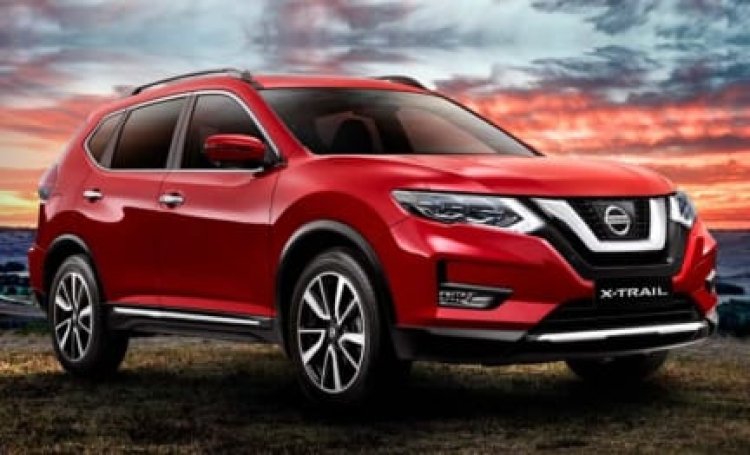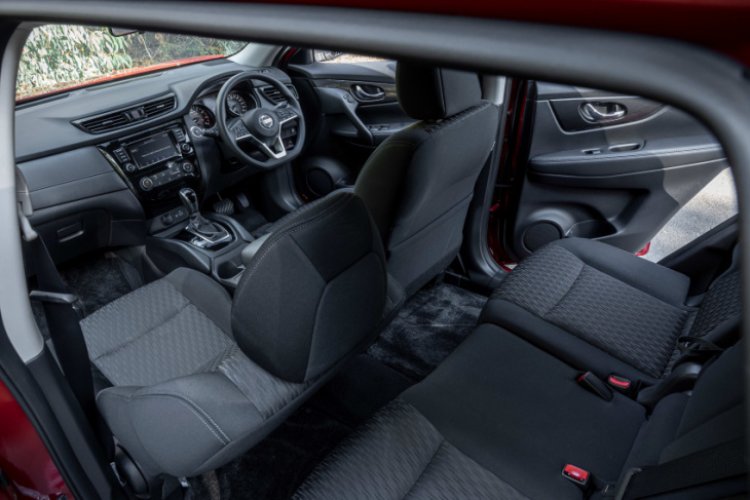Automotive Review: Nissan X-Trail Review
The new generation Nissan X-Trail arrives brings a sizeable improvement for interior quality, equipment, and space as well as better fuel economy and sharper performance.

Buyer anticipation of that new model has no doubt contributed partly to X-Trail sales having more than halved year-on-year despite a steady 2021 when nearly 14,000 units were sold.
Model and Pricing
The 2022 Nissan X-Trail line-up consists of four grades: the entry-level ST, mid-range ST+, and ST-L, and top-spec Ti.
Pricing ranges from $30,665 for the base-spec ST when configured with the manual transmission (ours was a CVT auto – more on drivetrain options later), to $46,115 for the range-topping Ti – all before on-road costs.
The ST+ variant costs $34,140 with front-wheel drive (as we had here), or $36,140 with all-wheel drive. The grade was new with MY22, bringing with it increased active safety systems and improved cabin tech, such as an around-view monitor, moving object detection, sat-nav, and front, and rear parking sensors.
With the current third-generation having served Australians since 2013, the X-Trail’s looks are familiar to us by now and haven’t changed in years
Best-sellers in the segment, such as the Mazda CX-5, are pricier, with the roughly equivalent CX-5 Maxx Sport commanding around $3500 and$4500 more in FWD and AWD guise respectively before on-road costs.
By comparison, Australia’s favorite SUV, the Toyota RAV4, costs $44,956 for the FWD GXL variant or $48,082 in AWD – but it’s worth noting these prices are drive-away, so factor in a few thousand dollars at least of difference.
Comfort and space
While the ST+ grade lacks some of the finer things in life such as heated and electrically adjustable seats, rear USB ports, and back seat climate controls (it has vents only), it does exceptionally well as a family car with acres of space.
A two-hour drive with four adults and a small child in an average-sized car seat was an absolute breeze. In the second row, there’s 978mm of headroom and 963mm of legroom, making for a comfortable and not at all squished experience.
Meanwhile, boot space is 565L – more than sufficient for days out, holidays, baby/toddler gear, or whatever your routine needs may be, and it has a secret underfloor compartment for additional storage. This is further boosted to 945L with the second row folded flat, and that can be split 40:20:40 with a sliding/reclining rear bench which is neat.
Another fun quirk of the rear row is that it sits higher than the front, which is unusual, and kind of makes you feel like you’re riding in a bus. It makes journeys for little ones that bit more fun as they can easily see out of the window.
Front row passengers also get used to one USB A port and a 12V socket.

Power and Engine
The 2022 Nissan X-Trail line-up is powered by two four-cylinder petrol engines: a 2.0-liter with a six-speed manual and a 2.5-liter paired to Nissan’s automatic XTronic continuously variable transmission (CVT).
A base-spec ST can be had with either engine, with front- or all-wheel drive, and also as a seven-seater. Meanwhile, the ST+ we had only utilized the 2.5-liter donk and solely comes in a five-seat configuration – though it can be had with 2WD or AWD (ours was the 2WD).
The second-from-top ST-L uses the 2.5-liter too, with either 2WD or AWD and a choice of five or seven seats, but the flagship Ti is a five-seat, AWD variant only.
The 2.0-liter unit is good for 106kW of power and 200Nm of torque, while the 2.5-liter we had makes 126kW and 233Nm – not enough to call it quick off the mark, or even brisk once up to speed, but it’s not underpowered either.


























